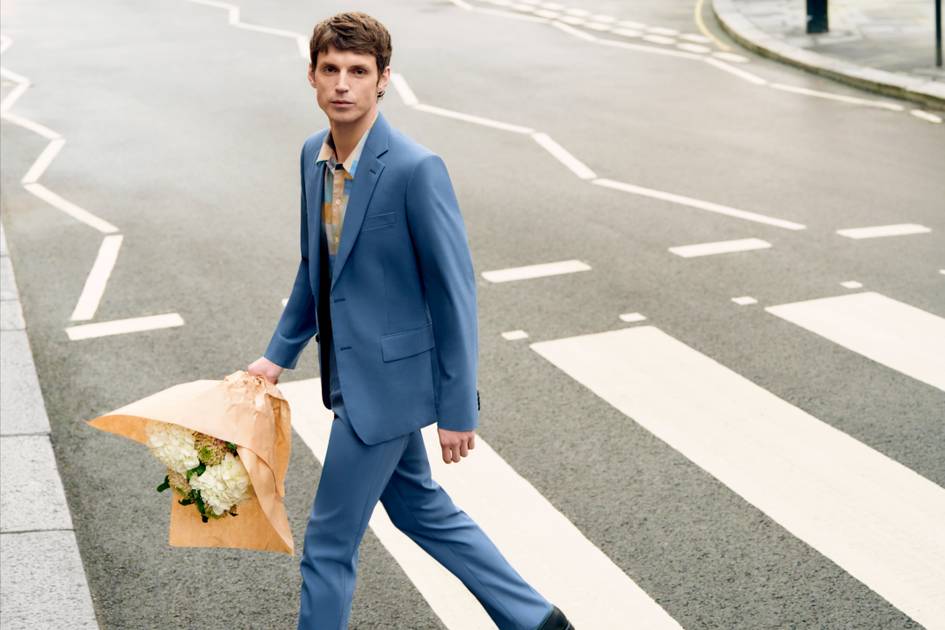“I probably spent the last 20-plus years not particularly interested in vodka Martinis, for many reasons,” says William Elliott, managing partner and executive bar director at Brooklyn, New York’s Maison Premiere. “But in truth—and really, anyone who knows me knows that I never make statements like this—that changed with one specific vodka.”
The bottle that did it was Truman, a wheat vodka from eau de vie whisperer Hans Reisetbauer. “It’s just a really, really beautiful distillate, and beautiful on its own,” Elliott says. It deserved a cocktail just as special. Though a Martini would be the natural approach, “I thought that gifting it its own name is a nice thing to do.” To find it, he turned to the archives.
Elliott had first discussed the mostly forgotten Kangaroo with a friend, Thomas Waugh, former head of beverage for Major Food Group. (The Grill, one of the group’s Manhattan restaurants, has one on the menu.) Elliott was glad to “find such a rare excuse to feature vodka so wholeheartedly,” and in a way that was simultaneously familiar and new. Maison Premiere’s Kangaroo, introduced last month, also includes a split of Rockey’s Botanical Liqueur and a bianco vermouth from Mauro Vergano. “It’s got flavor in a way that a lot of vodka Martinis feel kind of hollow,” Elliott says. But, of course, “it’s really just a vodka Martini, at its core.”
So what, exactly, sets a Kangaroo apart? In the technical sense, not much. The name seems to have been a World War II–era blip. Though vodka Martinis popped up in the early 1930s, gin was much more commonly the base spirit of choice. But in the wake of war-related trade interruptions, the literal bombing of several gin distilleries in England, and a strong postwar marketing push by Heublein (the domestic producer and distributor of Smirnoff), U.S. bartenders began to embrace alternatives. Many classic vodka cocktails—the Moscow Mule, the Screwdriver—originated during wartime and the years following.
The Kangaroo was likely created in the early 1940s by Oscar Haimo, at the time head bartender at the Pierre in New York City. He called it the “Kangaroo Kicker,” a rumored tribute to the Australian soldiers fighting alongside the Allies. (Haimo clearly had a patriotic streak: He also invented a rum cocktail called the General MacArthur.) In Haimo’s 1943 book Cocktail Digest, the Kangaroo Kicker recipe is given as: “2 oz. vodka, 3/4 oz. French vermouth, shaken, served with a twist.”
“I came across the drink years ago, just from reading through different historical books I got my hands on,” says Jess Kanter-Chau, bar manager at Fifty Fifty Wine + Martini Bar in Chattanooga, Tennessee. When the drink came up again while Kanter-Chau was doing research for Fifty Fifty’s bar program ahead of its spring 2024 opening, she knew what to do.
The Kangaroo, says Kanter-Chau, took well to the bar’s 50/50 approach to Martinis—but instead of spotlighting a standout vodka, she found the drink “gave us the playroom to have vermouth be as important [as], if not more important than, the spirit.” Their 50/50 Kangaroo is made with Casa Mariol’s vermut blanco; the second half is Tito’s (to keep things approachable), finished with orange bitters and orange and lemon zest. But Kanter-Chau says the conversation-starter name, as much as the contents, helps lure people in.
The Kangaroo ended up at the Sugar House in Detroit via similar means. The deeply researched menu is anchored by more than 100 cocktail classics, dating mostly from the 1850s to the 1930s. The Kangaroo, explains general manager Jordan Bell, helps fill the vodka niche for customers while still nodding to “the classic representatives of the decades around the turn of the century, those boozy two-part cocktails.”
In the early days of the Martini, Bell says, the formula was a little looser than it is now. “Especially in the late 19th century, they hadn’t settled yet on the appropriate aperitif,” he explains. The Sugar House’s adaptation, finished with housemade orange bitters and a fresh orange expression, nods to that ambiguity by using Lillet in place of dry vermouth. “I think that where [the Kangaroo] really shines is when you are absolutely trying to make it something different and let it speak for itself,” Bell says.
Clearly, despite the inherent parameters, there’s no one way to make this cocktail. The one nonvodka element you’ll see in many takes, citrus bitters, is hardly specific to the Kangaroo and wasn’t part of the original recipe anyway. In one reading, a return to the Kangaroo could be seen as branding more than anything: an appeal to “deep cut” status in an era where Martinis are everywhere and everything can be a Martini if you try hard enough. But it seems the name functions more often as a way to signal the care that went into the drink and its ingredients—and as an excuse to break from the sometimes one-dimensional “vodka Martini” and all its baggage.
“I don’t think it’s a transcendent drink unless you’re using transcendent product. Not all drinks are like that,” says Elliott. Plus, he adds, “there is something to be said for just having a good name.”














